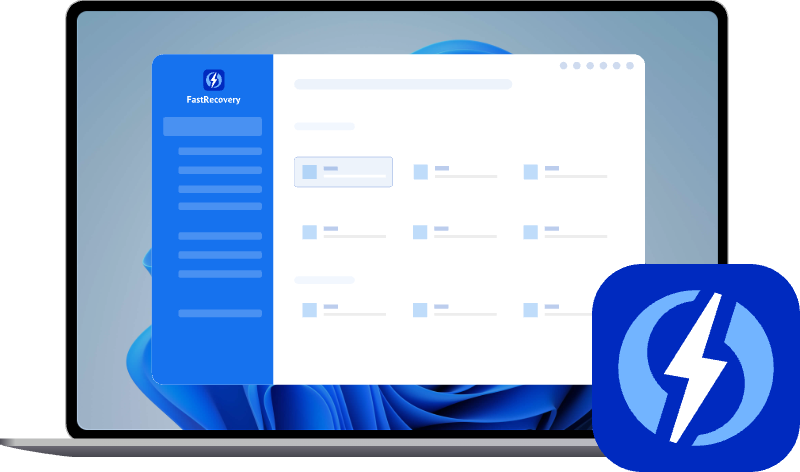Windows 10 Don’t Show Recent Files? Recover Now!
Windows 10 don’t show recent files? Why? You may deleted them by mistake. Scroll down to learn how to recover deleted recent files.
How do I turn on recent files in Windows 10?
For work efficiency, users will take advantage of the Recent files entrance to access their used or edited files in seconds.
As time proves, this feature in File Explorer is genuinely very helpful and well-designed since it records users’ actions and offers a “shortcut” for users.
Yet, though File Explorer is a fundamental tool of a Windows PC, it goes wrong from time to time. For instance, a group of users said they found the File Explorer sidebar missing.
In addition, some noticed that Windows 10 don’t show Recent files entrance, which causes inconvenience.
Recent files and folders not showing in Quick access
Hello, after recent problems with my Windows updates, my quick access got all weird. My recently opened/frequently used files or not showing on the left side unless pinned (which I don't want to do with some). How can I activate that back, please?
- Question from Microsoft Community
If you also noticed Windows 10 stop showing recent files, this article can offer you some help.
[Fixed] Windows 10 don’t show Recent files
This section gathers several fixes worth trying. Check if they are of some help to you.
▶ Fix 1. Change Folder Options
The first and easiest way to solve this issue is to enable it in the Folder Options. Users may have mistakenly turned off the Recent files part.
- Notes:✎...
- If you meet the Windows 10 Quick Access not working issue, this method will also be helpful.
Step 1. Open This PC or File Explorer > right-click on Quick Access > Options.
Step 2. General > Privacy > check Show recently used files in Quick access > click Apply.
Thus, the Recent files part will come back to your Quick Access window.
▶ Fix 2. Turn on Show recently opened items in Quick Access
You may also meet the recent files Windows 10 not showing issue when the Jump Lists isn’t working properly. In this case, you could go check the Jump Lists settings and bring all back to normal.
Step 1. Click the Start menu > Settings > Personalization.
Step 2. Click Start > switch on the option Show recently opened items in Jump Lists on Start or the taskbar and in File Explorer Quick Access.
▶ Fix 3. Enable Recent Folders
You might as well find a different way to solve the problem when Windows 10 stop showing recent files issue cannot be addressed with these fixes.
Without the Recent files section, we could also turn to the Recent folders feature. It displays the folders you have recently used.
- Notes:✎...
- If you find the Recent folder missing, you could also follow this solution to fix it.
Step 1. Input shell:::{22877a6d-37a1-461a-91b0-dbda5aaebc99} in the File Explorer directory box.
* Or, press Win + R to start the run program > input shell:::{22877a6d-37a1-461a-91b0-dbda5aaebc99} > OK.
Step 2. All folders you have opened recently will be shown > click Pin to Quick access on the toolbar.
Later you can visit the Recent folder under File Explorer Quick Access.
▶ Fix 4. Restore defaults
Restoring defaults is probably the last fix to solve the Windows 10 don't show recent files. It works like a restart or a factory reset, which can eliminate most of the problems. For example, some users will restart to repair hard drive errors.
- Notes:✎...
- Be careful to use this method. After restoring, all the settings you made will be wiped.
>> Go to Folder Options > View > Restore Defaults. Then check if the Recent files are shown properly.
What to do if your wanted files are lost or deleted?
After you have gotten part of the Recent files back to Quick Access, you can visit your used files easily.
However, some users also report that when trying to open the files in Recent files, a prompt will jump out and say: “How do you want to open this file?” It indicates that the file was lost or deleted.
Then how to recover the lost or deleted files in Windows 10? Is there any quick and easy way or app?
AOMEI FastRecovery will be a good choice. It is a sophisticated and advanced Windows data recovery app. With its help, you could easily get deleted data back.
- Recover data lost due to deletion, viruses, formatting, system crashes, etc.
- Perform internal and external HDD, SSD, USB, and SD card data recovery in 3 steps.
- Supports over 200 different data kinds, such as pictures, videos, office documents, zip files, and more.
- It works with Windows 11/10/8/7 SP1/Server, NTFS, FAT32, EXFAT, ReFS, and other file systems.
Step 1. Install and run the app > Find the location > Click Scan.
Step 2. Enter the filenames or extensions in the search box to target the files quickly. Size, Type, Date modified, Path, etc., can help you sort the searched results.
Step 3. Go to Deleted files/Recycle Bin > go to the original location > choose the files you want > click Recover x files.
Using this app, it will also be easy to recover permanently deleted files in Windows 10.
Written in the end
Check out these methods in this post if Windows 10 don't show Recent files.
The feasible fixes, e.g., changing Folder Options, checking the Jump Lists settings, activating Recent folders, Restoring defaults, etc., will be of some help to you.


